
Did you know that 300 crusader prisoners worked on this building? It;s that old, completed in 1279AD. You walk along the street and it's on your left.
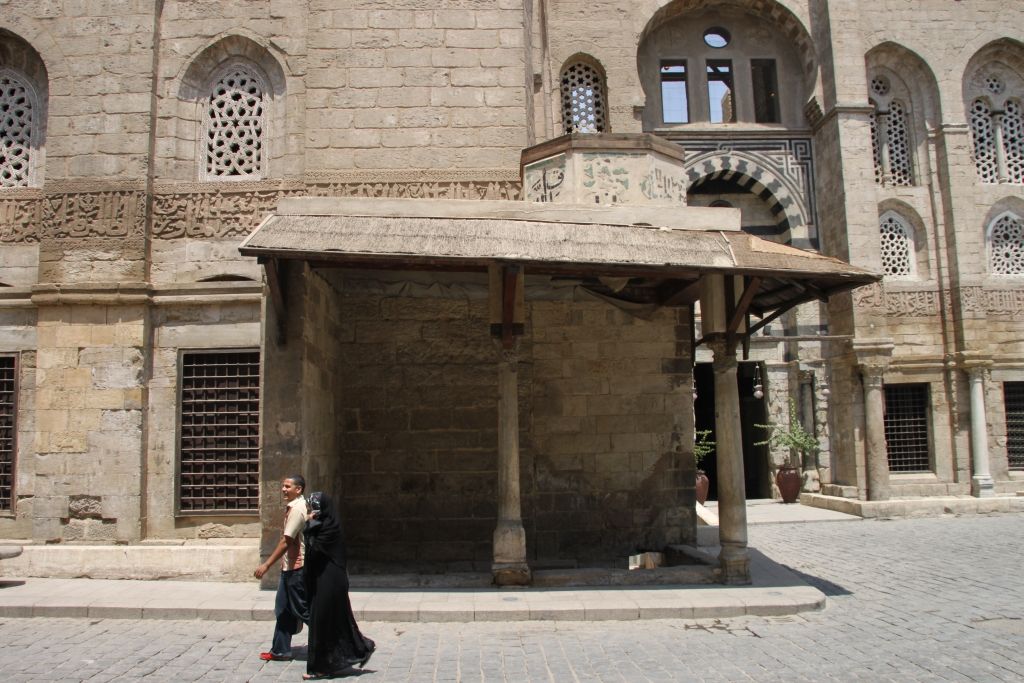
This is a small shed like structure which is strangely tilted. I couldn't figure out what was the purpose of this structure, perhaps to sit?

Then you turn the corner and there is the entrance to the complex.


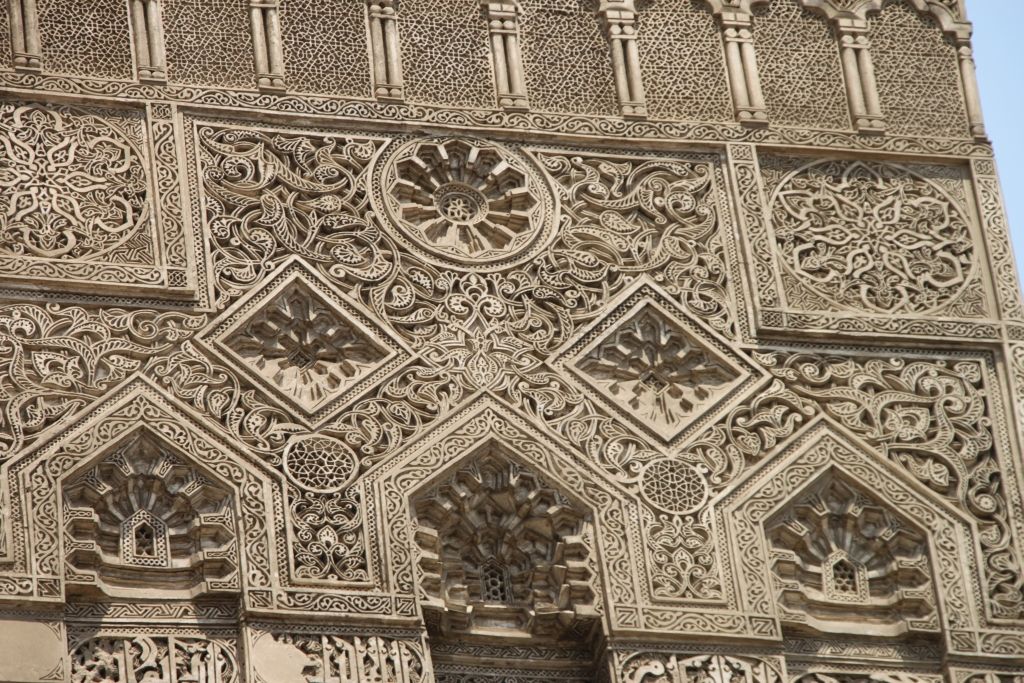
The minaret is an extraordinary piece of work, it is very finely carved in stone and you can see the exceedingly wonderful and detailed stonework in every part of the minaret. Very very fine work. I wish I could have climbed into the minaret or around it to see it closely but had to rely on the camera’s zoom.
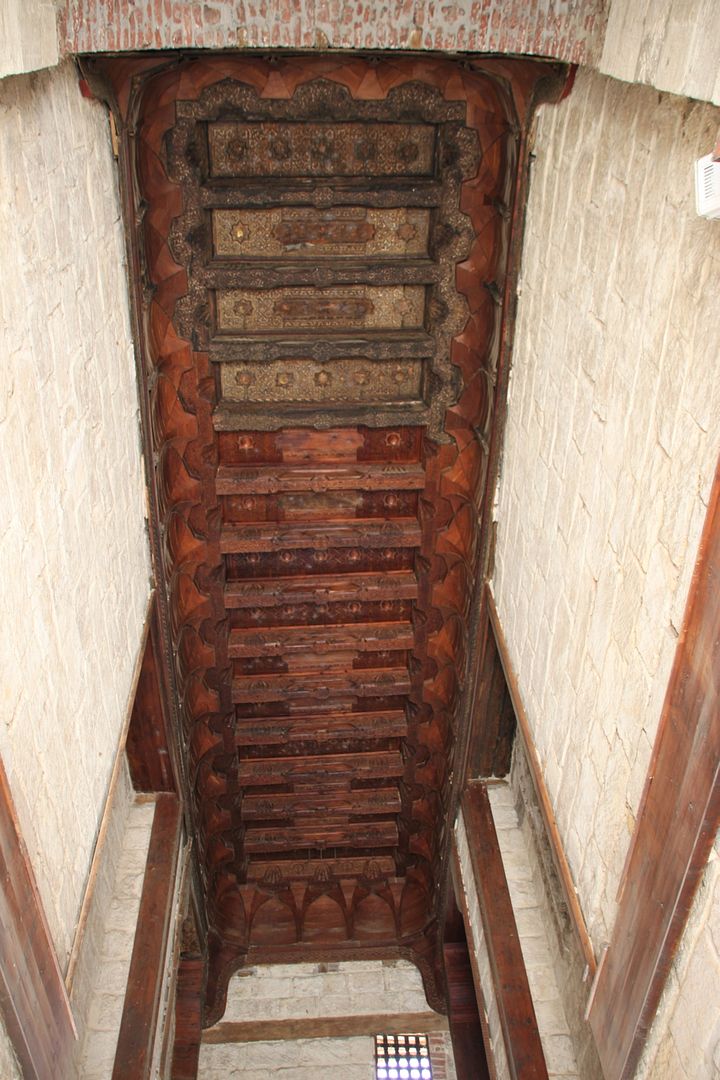
As you enter the complex, there is a long corridor, on the right is the mausoleum and on the left is the madrasa. The roof is made up of wood and is again very richly carved.

Before you enter the mausoleum, your eyes get drawn up to this lovely window. Can you see the immense patience and artistry which went into making this window? This is made out of stone. Such fine open work with stone is almost impossible as stone is very brittle and can break easily. This would have not been made out of chiseling, but rubbing away. It would have taken months and months of very fine detailed concentrated work. Very impressive. You can also see the detail on the roof, very nicely carved wood.

Here is the old man. You can see his turban representation which means that he was a sultan. A simple enough grave, but the tomb chamber itself is rather simple as well. But not really once you dig into this.

This room is pattered after the Dome of the Rock Mosque in Jerusalem. It is severe but beautiful, very peaceful and lovely.

The octagonal building has lovely pillars, including these two granite ones which apparently have been nicked from some Pharonic ancient Egyptian temple. The guidebook says that the walls are covered with mosaics but I couldn't see them..The chap who was looking after this mausoleum said that this is considered to be the second most beautiful mausoleum in the world, next to the Taj Mahal. I was extremely surprised at this statement.
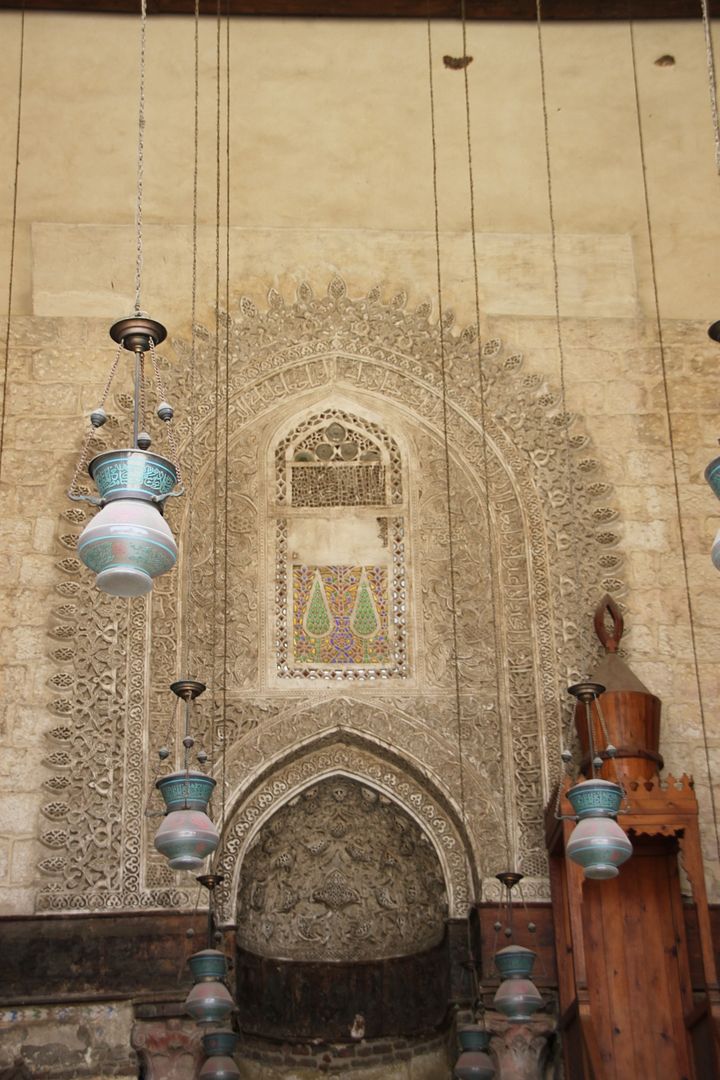

Then moving to the left, this is the madrasa proper with two structures facing each other. This is one facing the street. This has the minbar on the right, but the mihrab is very very richly decorated with stone carvings all over the structure. See the fine work in the second photograph.
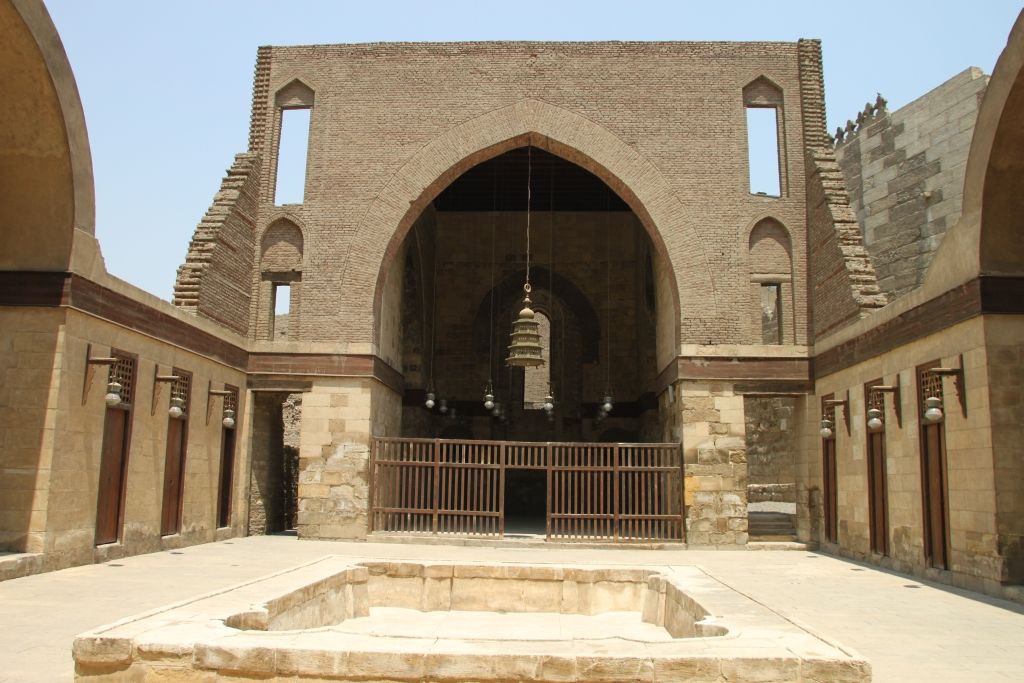
Then you turn to the back and then you see what I would call as the book end of the madrasa on the other side separated by this fountain and a covered well. The four structures represent the four schools of Islamic jurisprudence and presumably they will sit in their respective areas and teach their laws.

An exquisitely carved brass lamp, unfortunately covered with dust hangs at the entrance of this structure.

At the end of the structure, there is another minbar like structure, again very richly carved with Arabic quranic suras but open to the skies. I would have thought they would have covered this. There are also cupboards and niches all around this madrasa structure.

Looking back at the main section of the madrasa, there’s the dome and the lamp.
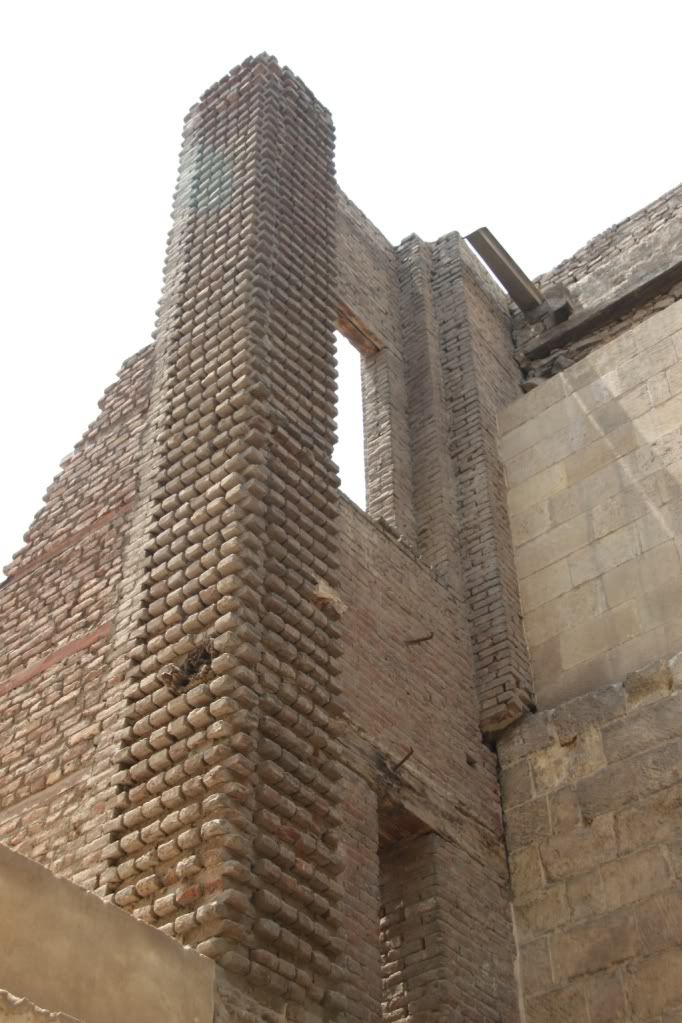

More views of the reconstruction and improvements made on this structure.
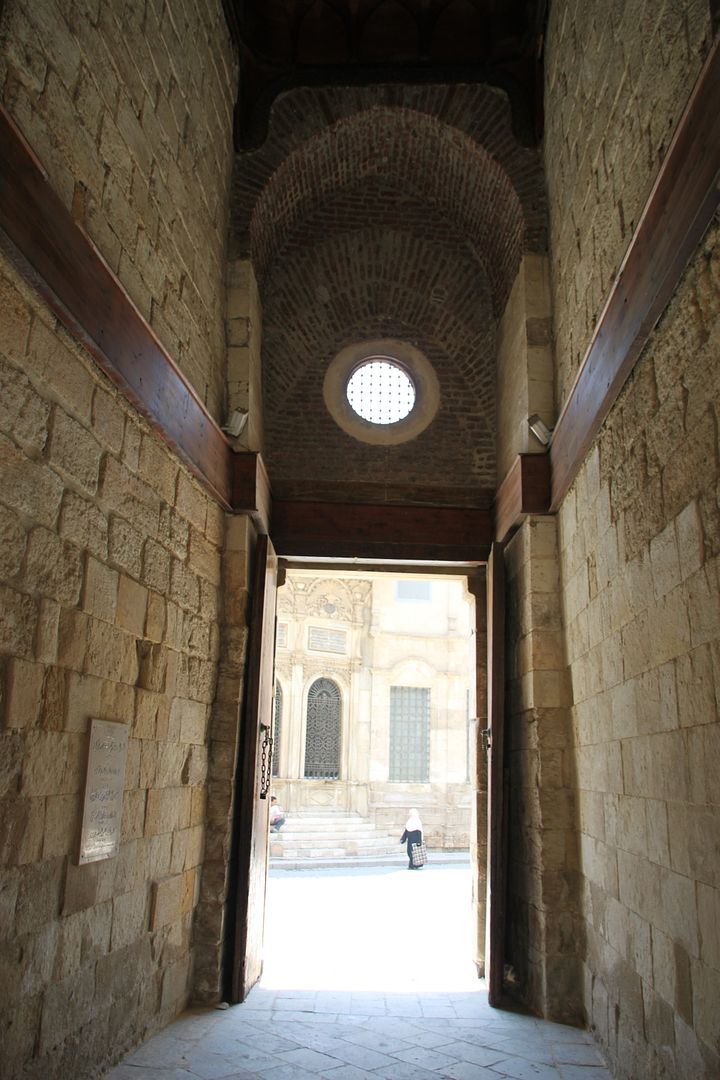
Heading out of the complex.


When you nip out of the door, you see another extremely richly carved Ottoman sabil on the other side of the complex. This was made by Abd al Rahman Katkhuda in 1776. Curiously, and I did not know that he was the leader of the Egyptian Jannisaries. I thought they were only in Turkey, but looks like he was here as well.

Then I turned left and walked down to the far end where its the Sabil Khuttab of Katkhuda.Here is the slideshow with more photographs in higher resolution.

No comments:
Post a Comment